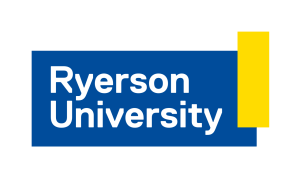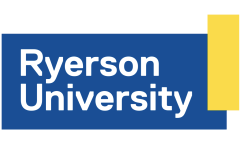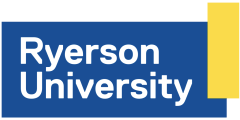Research Experience
Research in the field of biology is often competitive, and requires hands on skills as well as theoretical knowledge to preform well and become a valuable member in any workplace. I have been fortunate to work for several years as a research assistant at Ryerson University in Canada and Heidelberg University in Germany.
Below is a partial list of my research experience;

Research focus: Computational/mathematical modeling virus in vitro. Creation of an intracellular replication math model of influenza A virus, with a specific interest in modeling the kinetics of viral mRNA, protein, as well as assembly and budding.
The PHYMBIE research team, headed by Dr. Beauchemin, is involved in the application of computational and mathematical modeling techniques to solve important problems in Biology, Immunology, and Ecology. If you wish to know more about the PHYMBIE Research team at Ryerson, follow this link.

Research focus: Project on the dosimetry of bone strontium/lead measurements in humans using the handheld X-ray spectrometer.
If you wish to know more about the medical physics research headed by Dr. Pejović-Milić in the development of non-invasive elemental techniques for medical applications on bone health or toxicology, in particular, the determination of the amount of toxic trace elements stored in human bone, follow this link.

Research focus: Computational/mathematical modeling of self-organizing systems. Validation of current in vitro math models of Influenza A Virus dynamics within a host.
For more info on the PHYMBIE research team, follow this link.

Research focus: Performing Gene Ontology Enrichment Analysis on RNA interference (RNAi) screens aimed at identifying HIV-1 host factors through the use of Metacore, iChip, and Ingenuity. Assisting in a microscopy-based project involving some live cell imaging, culturing and transfecting cells with plasmid constructs yielding expression of fluorescent proteins under BSL1 or BSL2 conditions, followed by fluorescence microscopy of live and fixed specimens.
Additional preformed tasks included: Culturing/splitting/seeding of HeLa cells, harvesting of virus, determination of DNA/RNA concentration, infection of cells, Western blotting and SDS-PAGE.
If you wish to learn more about the research conducted at Heidelberg University in the Department of Virology, please follow this link.

Research focus: Modeling dynamics of infectious diseases within a host and host/immune interactions of Respiratory Syncitial Virus. To develop the first mathematical model to capture the kinetics of RSV infection in vitro in polarised epithelial cells.